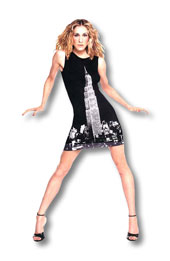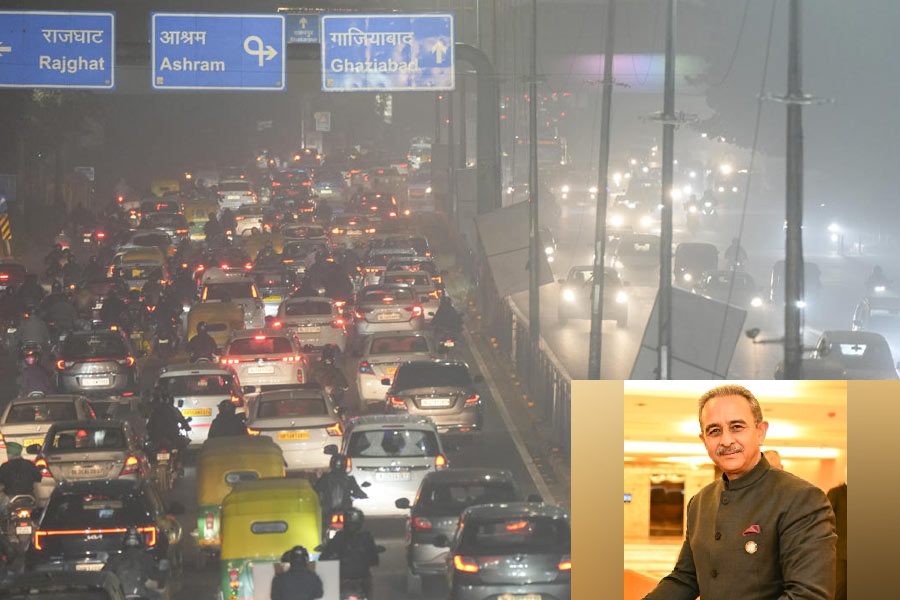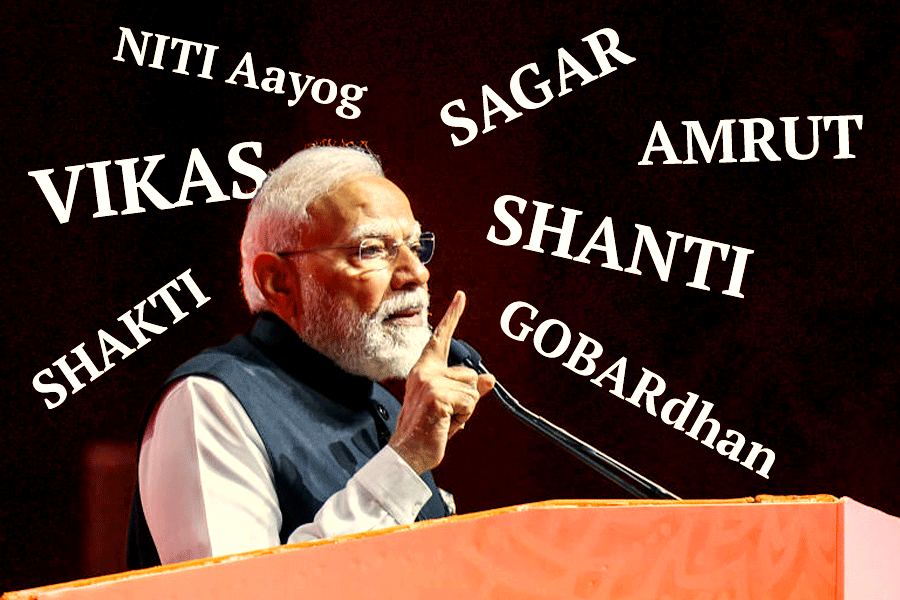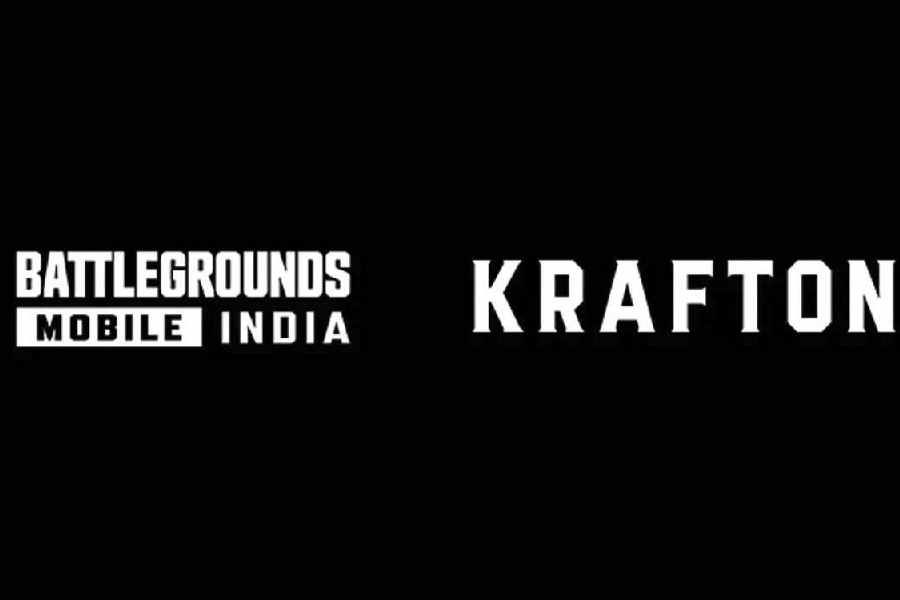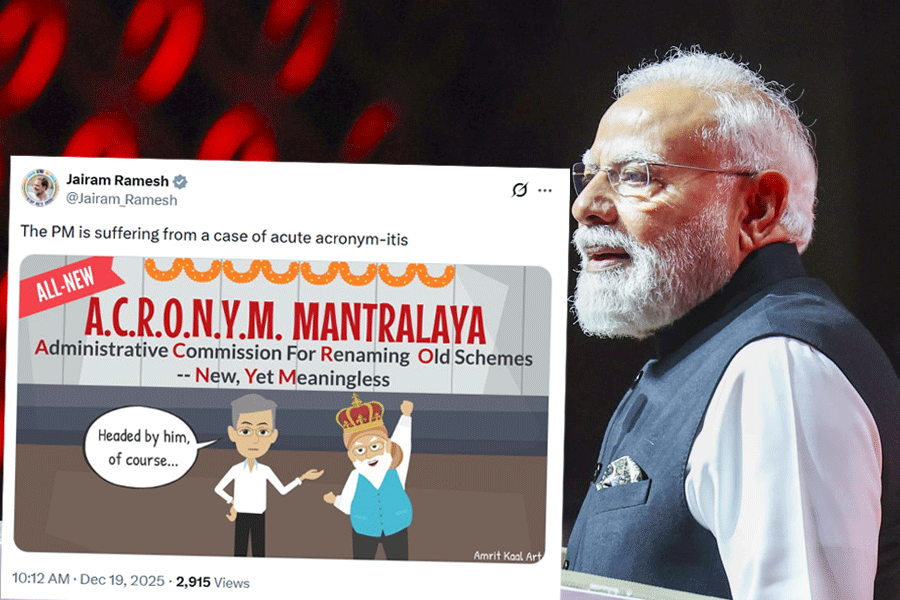 |
 |
| SPOTTED: Shows like Sex and the City (top) and Will & Grace (above) showcase quirkyalones |
In India, where family is everything and “singlehood” a curse, the idea may seem preposterous — that it’s OK to be alone and in fact, to celebrate the self-contentedness solitude brings. Holy matrimony and the obsessive search for a man are not required courses in life for every woman. If you don’t miss a kiss on Valentine’s Day or just enjoy exploring the Himalayas alone, you are just fine. Because you have said “no” to the oppression of dating and mating and lived to enjoy it. You are the truly unshackled, the uncoupled, the unchained. You should no longer get a bum rap.
From the land of sociological breakthroughs comes a new movement which is breeding faster than the sure tentacles of Google can track it. Thousands of women in America are calling themselves “quirkyalones” after a smart young woman coined the term a few years ago and has now published a hot-selling book. Translations in German, Portuguese and French are already on the way after the idea touched a nerve worldwide, flooding Sasha Cagen’s mailbox with “That’s-me” messages. Cagen’s Quirkyalone: A Manifesto for Uncompromising Romantics was a runaway hit and a lifeline to many who thought themselves weird because they didn’t automatically run to singles bars or neurotically hunt for husbands. It was hip to be single.
The term mainly applies to women because men already have so many sobriquets to describe their grand solitariness. Men can be James Dean but, as Cagen says, when women behave like that, they’re labelled as spinsters, sluts or old maids. It is not to say that males can’t be quirkyalones. Her favourite male quirkyalones include abolitionist Frederick Douglass and poet Walt Whitman. According to her website, Ben Affleck is not a quirkyalone but a user of women and neither is Ashton Kutcher who is simply offensive.
Quirkyalones, she writes in her book, are “romantics, idealists, eccentrics [who] inhabit singledom as our natural resting state. In a world where proms and marriage define the social order, we are, by force of our personalities and inner strength, rebels ... being alone is understood as a wellspring of feeling and experience. There is a bittersweet fondness for silence. All those nights alone — they bring insight.” Quirkyalones are by no means loners but a complex mix of people who love their own company but also enjoy the world and engage with it. They do it on their own terms. They may refuse to show up at mandatory family gatherings but may surprise an aunt on her birthday. Quirkyalones are independent-minded people who prefer to wait for the right person to come along than be in a stifling relationship. It is not all about solitary splendour but an affirmation of self.
The movement, which has grown over the past year, even has its own International Quirkyalone Day, celebrated, yes, on that most Hallmarkish marker — Valentine’s Day. But it is not a war against Valentine’s Day, only a statement against the rampaging commercialisation. Cagen’s website reported several parties in major US cities and London this February 14 to mark the “second” International Quirkyalone Day. And some quirkyalones did get hitched at these parties. Then there were married couples who also attended as “quirkytogethers”. By the way, you can be a tribe member by birth (womb quirkyalones) or through life experience (born-again quirkyalones). But watch it, some types of behaviour can also earn the label “quirkyslut”.
 |
| POWER OF ONE: A poster for the International Quirkyalone Day |
Embracing quirkyaloneness is not a convenient excuse for flunking the relationship test. Cagen simply helps people slough off years of social conditioning to entertain the possibility that plenty of women are uncoupled and not stressed about it. They are not looking for a man to “complete” them but for a partner who is lively and dynamic and who allows them to be fully themselves, says Cagen in her book.
It all grew from a word she coined in an essay she wrote for her own online magazine, To-Do List, which then was reprinted in 2000 in the Utne Reader, a respectable and independent magazine. This January, when she launched her website (www.quirkyalone.net), Cagen was suddenly shepherding a movement, answering questions and fielding e-mails. People began forming online communities of QAs, churches began talking about them and even some women’s studies departments discussed the concept. She had become a pundit on singledom, being written about from America to Australia, from Britain to Germany.
Cagen says, modestly, that popular culture had sprinklings of the idea already — what with shows like Sex in the City and Ally McBeal where women hardly ever found the right man becoming surprise hits. What she did was to organise those feelings and give them a name, and a catchy one at that. It turns out that statistics support her idea — the median age for American women for first marriage has gone up from 21 years to 25 over the last three decades. The percentage of people who have never married is also increasing. For example, 72.8 per cent of women between 20 and 24 had never tied the knot in 2000 compared to 35.8 per cent in 1970. A similar trend is noticeable among men.
If Americans think they have a fight against coupledom being shoved down their throat from elementary school, when “boyfriend” questions first begin, to high school when girls can have minor breakdowns if they don’t get “asked” to the prom, what about Indians? It would take the equivalent of a nuclear war in social terms to annihilate the marriage mania.

